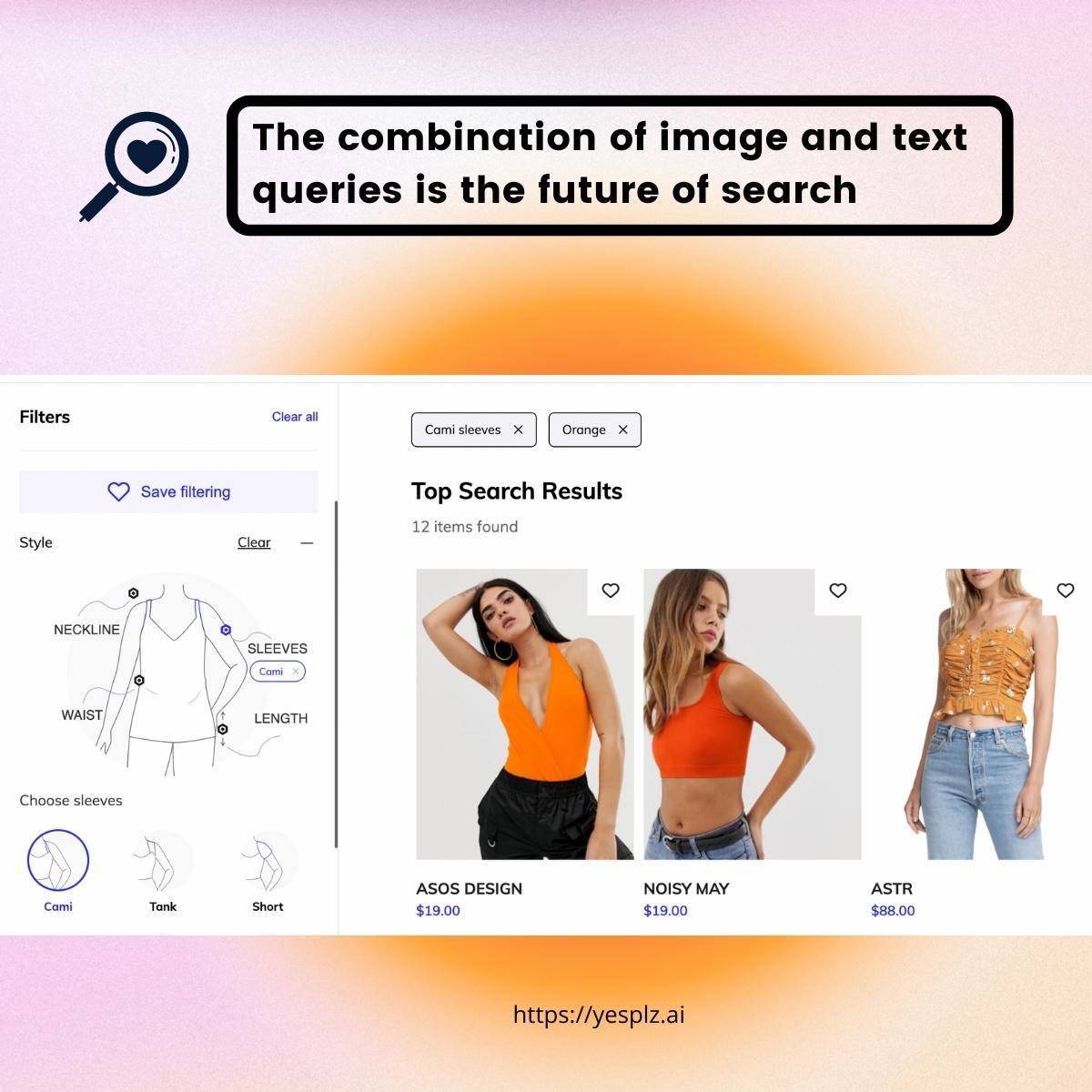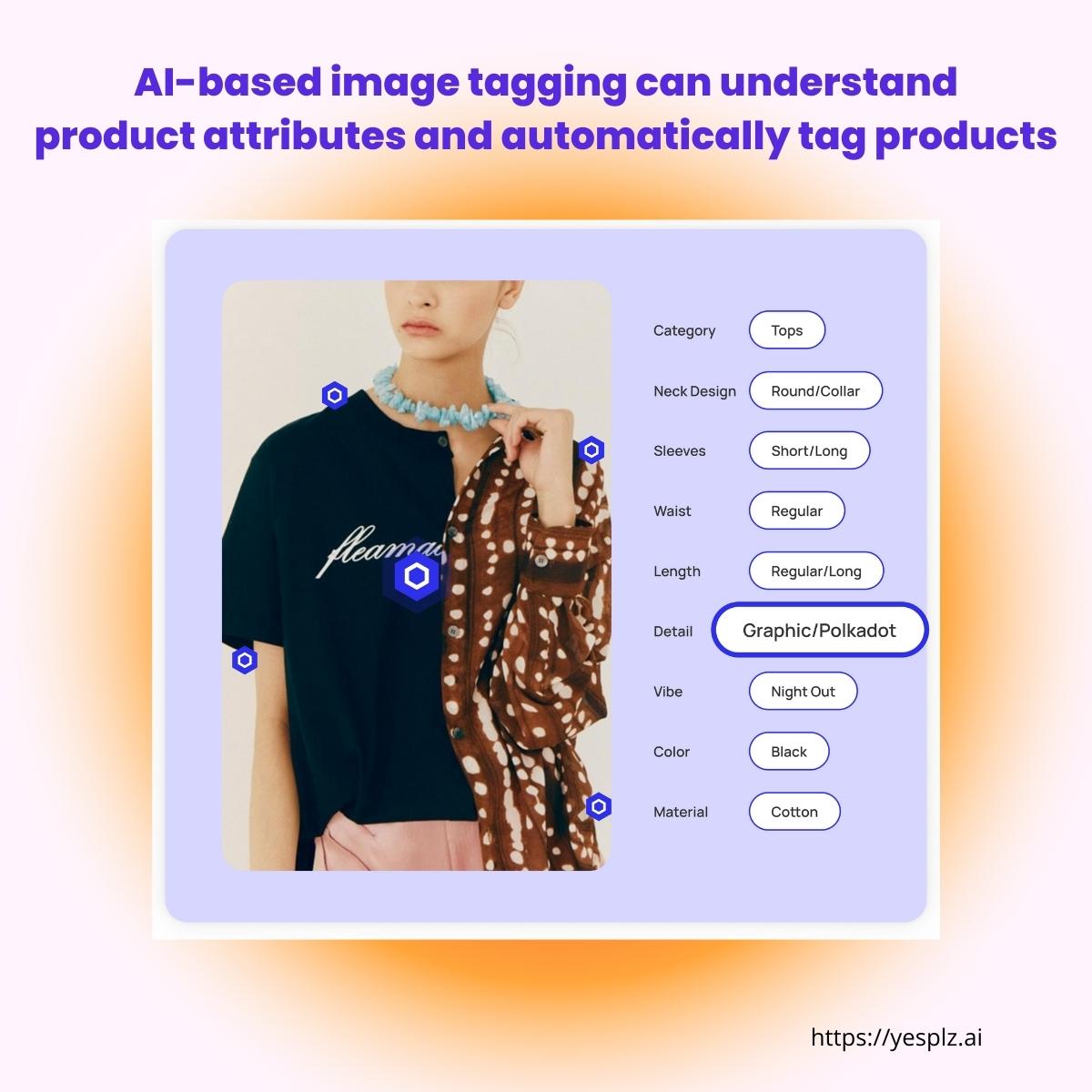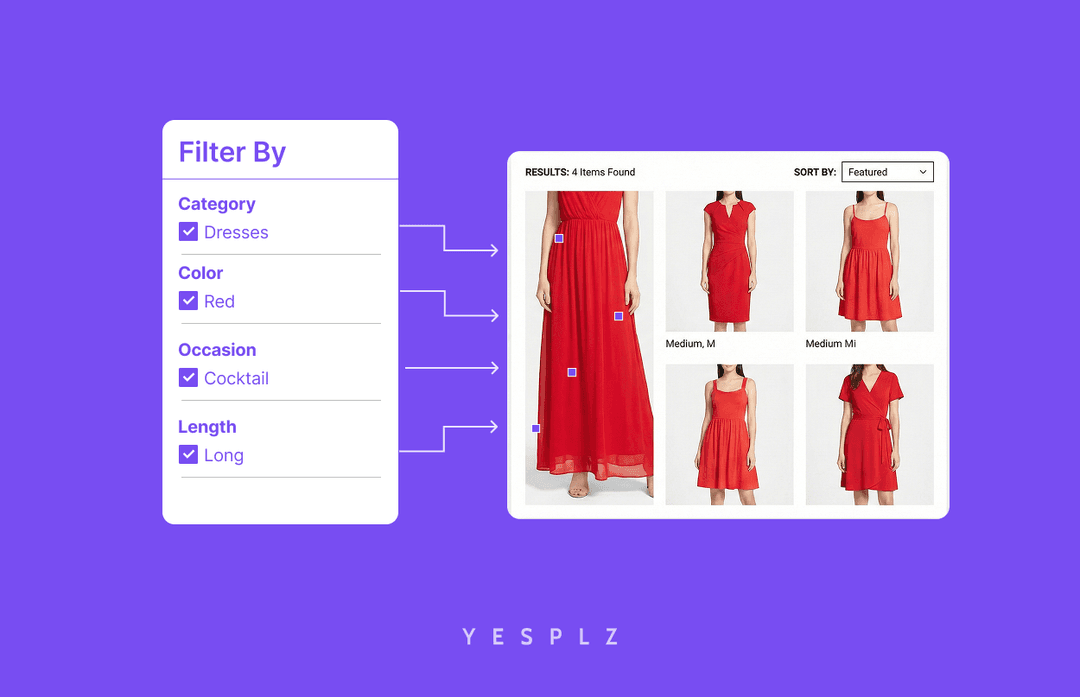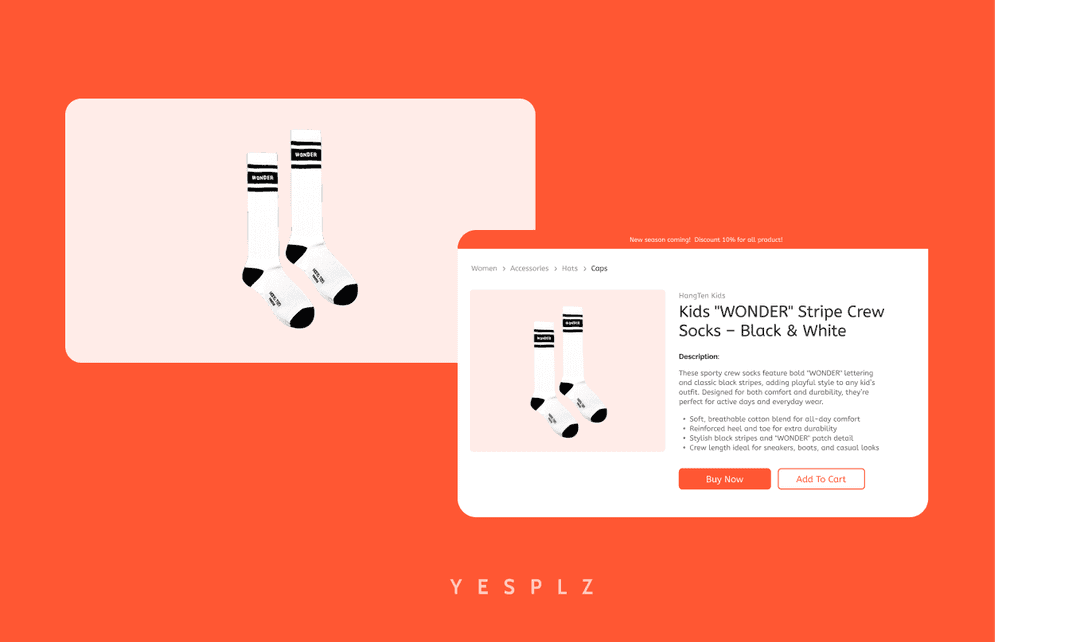Bite-Sized Tips #4:
by Jess Erdman, Content Marketing LeadJuly 2022
.png&w=1920&q=75)
(Quick video summary from our webinar 'Why fashion eCommerce needs visual search?")
While no one has a crystal ball to predict the future, experts that are following the development of visual discovery are noticing stand-out trends that have staying power. Moving away from the grand visions of the metaverse, NFTs, and robot influencers, we’re left with a directional trend for the future of visual discovery: fashion eCommerce as a whole is moving towards a visual-first approach to search and discovery–and those that understand that we are reaching an inflection point for fashion visual search adoption will be in a better position for the future.
Users want to see visual search incorporated into their search journeys–but many of the current attempts lack integration into the customer journey as a whole. And, it’s impossible to discuss fashion visual search without mentioning the other parts of the customer journey, like product recommendations.
Fashion AI companies like YesPlz are training their algorithms to understand not only the content of search queries, but also the fashion context. For example, a user searching for running shoes may also want other sports clothing. YesPlz’s algorithm also learns from user behavior, leading to more accurate and fashion-forward recommendations.
We predict that the future of visual discovery will use fashion visual search to contribute to greater hyper-personalization in areas like product recommendations.
Visual search in eCommerce is not only limited to images, despite what the name may suggest. The notion of multi-modal search, combining an image input with text prompts, has the capacity to transform search. The trend is moving towards more multi-modal search, with retailers like Levi’s adopting hybrid text-image search, and the result is more collaboration between people and technology working together.
An example of multi-modal search (Credit: TechCrunch/Google):

Visual search in eCommerce and NLP (natural language processing) can prompt better understanding of search queries, making them richer and adding an extra layer of data. In other words, as technology continues to develop, the combination of text and image search results in more accurate search results.
For example, users may start with a visually-based search and then further refine their search using text-based product filters.

We’ve all seen articles proclaiming that smart glasses are the future hardware–but have yet to see them come to fruition. Perhaps in the future, smart glasses will reach an inflection point, and will be combined with visual search—or a new new hardware will come to market.
Only time will tell what kind of hardware could be combined with fashion visual search.
We also expect to see fashion visual search embedded in eCommerce websites, as customers demand more from the search experience (and will only continue to demand more in the future, as other platforms like social commerce offer visual-first shopping experiences).
The visual discovery experience includes not only the process of searching, but an entire ecosystem of hyper-personalization that can solve business problems like:
1) Speed: Customers want lightning-fast product recommendations
2) Relevance: Customers want accurate search results
3) Re-targeting: Customers want to see ads that are contextually relevant
Fashion visual search is at the core of hyper-personalization–all of those relevant, fashion-forward product recommendations require advanced technology that understands user behavior. And, with increasingly complex product catalogues, retailers are struggling to keep up with product tagging. AI-based image tagging can understand product attributes and automatically tag products, saving retailers precious time.

When hyper-personalization is done well, it can solve another major problem plaguing the fashion industry: over-production and waste. Customers receive hyper-personalized recommendations, and buy products that they love and will keep in their closets.
Retailers are already starting to implement multi-modal search, and are embracing new ways to engage shoppers in the search experience. Fashion visual search has the potential to create better hyper-personalizaiton, more accurate search results, and higher shopper satisfaction. As we move in the direction of a visual-first future, we predict the eCommerce brands that embrace fashion visual search will be in a strong position for long-term success.
Interested in learning more about fashion visual search?
Contact us to learn more about visual search
This is the fourth part of YesPlz’s Bite-Sized Visual Search Tips, a series where we break down the most pressing questions in visual search.
Written by Jess Erdman
Content Marketing Lead
I'm passionate about creating cool content. The best part? I get to learn new things about fashion tech and ecommerce everyday. Have an idea or opinion about this article? Reach out at jess@yesplz.ai

Stop losing sales to poor product filtering. Discover how AI simplifies creating Shopify filters, saving you 25-50 hours per 100 products.
by YesPlz.AI

Automate Shopify product pages and cut 50–100 hours of manual work. AI generates product titles, descriptions, and metadata instantly from product images.
by YesPlz.AI